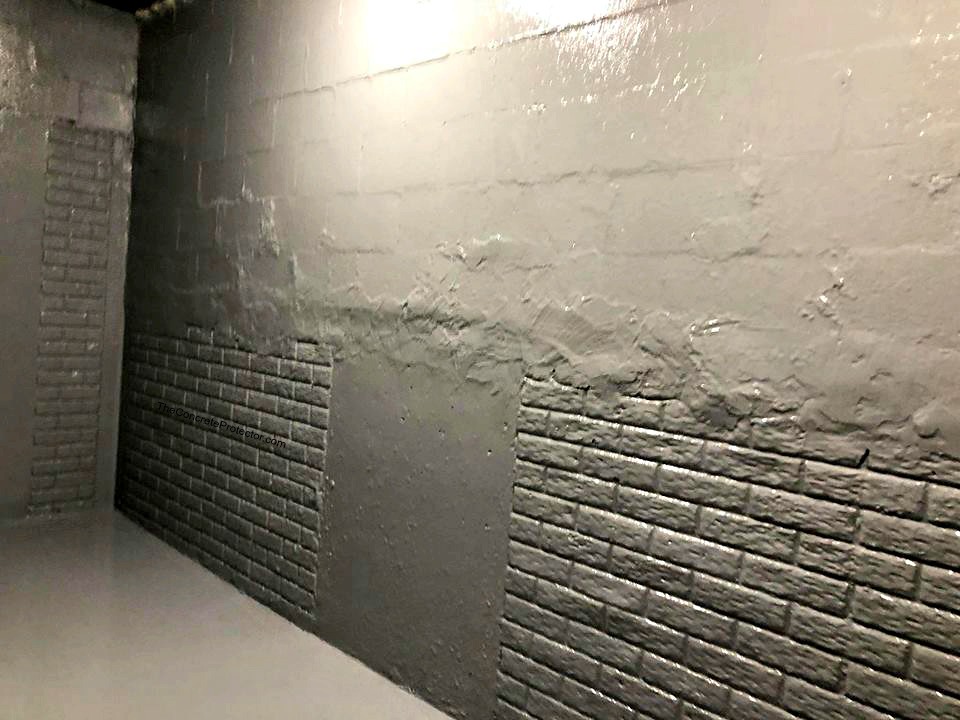 A damp basement can be a serious problem for homeowners, leading to mold growth, structural damage, and health hazards. Basement waterproofing protects your home’s foundation and ensures a healthy living environment.
A damp basement can be a serious problem for homeowners, leading to mold growth, structural damage, and health hazards. Basement waterproofing protects your home’s foundation and ensures a healthy living environment.
Average Cost of Basement Waterproofing
The average basement waterproofing cost Pompton Lakes, NJ, ranges from $3 to $10 per square foot, with a national average of $4,969. Waterproofing a 1,000-square-foot basement could cost anywhere from $3,000 to $10,000. The cost of waterproofing your basement will depend on various factors, including the size of yourbasement, the severity of the water problem, the method of waterproofing, and your location. The larger the basement, the higher the cost of waterproofing. Similarly, if your basement has significant water intrusion, it will require more extensive and expensive waterproofing measures. There are various methods for waterproofing basements, each with a different cost range. Additionally, labor costs vary by region, so the cost of waterproofing may be higher in certain areas.
Types of Basement Waterproofing Methods
The most common basement waterproofing methods include:
Interior waterproofing involves installing a waterproofing membrane or sealant on the basement’s interior walls.
Exterior waterproofing involves excavating around the foundation and applying a waterproofing membrane or sealant to the exterior walls.
French drains are underground trenches that collect and redirect water away from the foundation.
Sump pumps: These are used to pump water out of the basement and prevent it from accumulating.
Additional Costs to Consider
In addition to the cost of the waterproofing method itself, there are other costs to consider, such as:
Permits: You may need to obtain licenses for certain waterproofing projects.
Labor costs will vary depending on the job’s complexity and the contractor’s experience.
Materials: The cost of materials will vary depending on the type of waterproofing method used.
Cleanup: There may be additional costs for cleanup and disposal of debris.
DIY vs. Professional Basement Waterproofing
While it is possible to waterproof a basement yourself, it is generally recommended to hire a professional contractor. Professionals have the experience and expertise to properly identify the source of the water problem and select the most appropriate waterproofing method. They will also be able to ensure that the waterproofing job is done correctly to prevent further water damage. If you are looking to save money on basement waterproofing, consider the following suggestions:
- Get multiple estimates: It’s always a good idea to get estimates from several contractors to compare prices and choose the best option.
- Choose the right waterproofing method: Some waterproofing techniques are different. You may find a more affordable and suitable solution for your basement than the most expensive one.
- Do some of the work yourself: If you have some handy skills, you can save money by doing some work yourself and, for example, excavating around the foundation or installing gutters and downspouts.
- Look for government rebates: Some governments offer refunds or tax credits for homeowners who waterproof their basements. This can help you save money and make the process more affordable.
Preventing Future Water Problems
After waterproofing your basement, there are some measures you can take to prevent future water issues. These include maintaining your gutters and downspouts by cleaning them regularly to prevent debris from blocking water flow that can cause water to accumulate in your foundation. You can also grade the soil around your foundation to slope away from it and avoid water pooling around it. Another tip is to seal any gaps or cracks in your foundation to prevent water from entering. Additionally, a sump pump can help remove moisture from your basement before it causes any damage. Basement waterproofing is an important investment in your home. You can protect your home from serious problems by preventing water damage and ensuring a healthy living environment.






